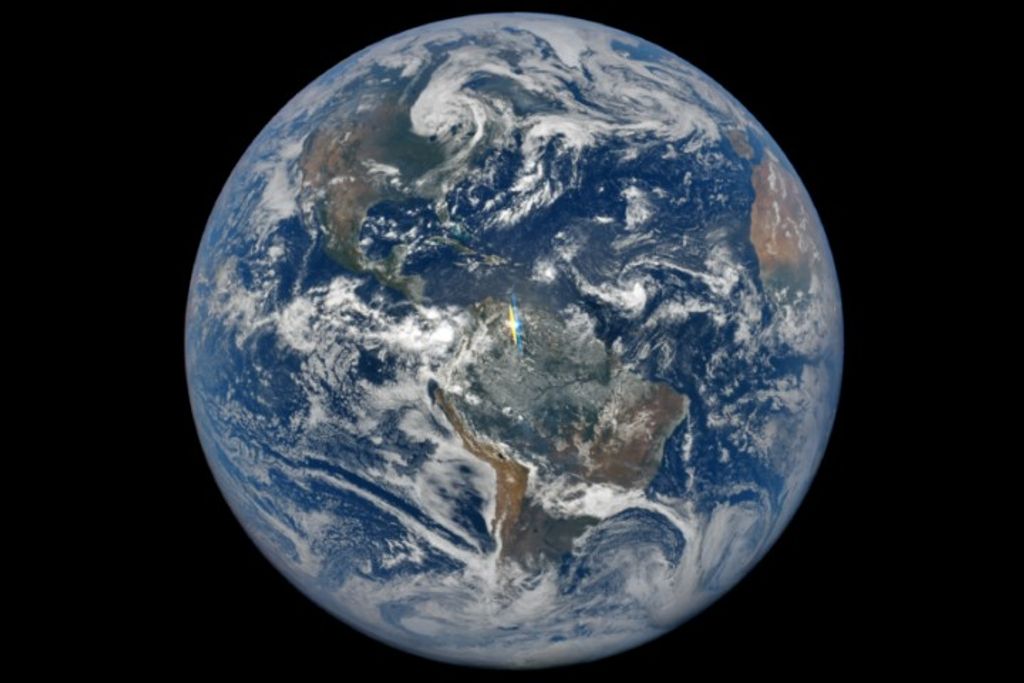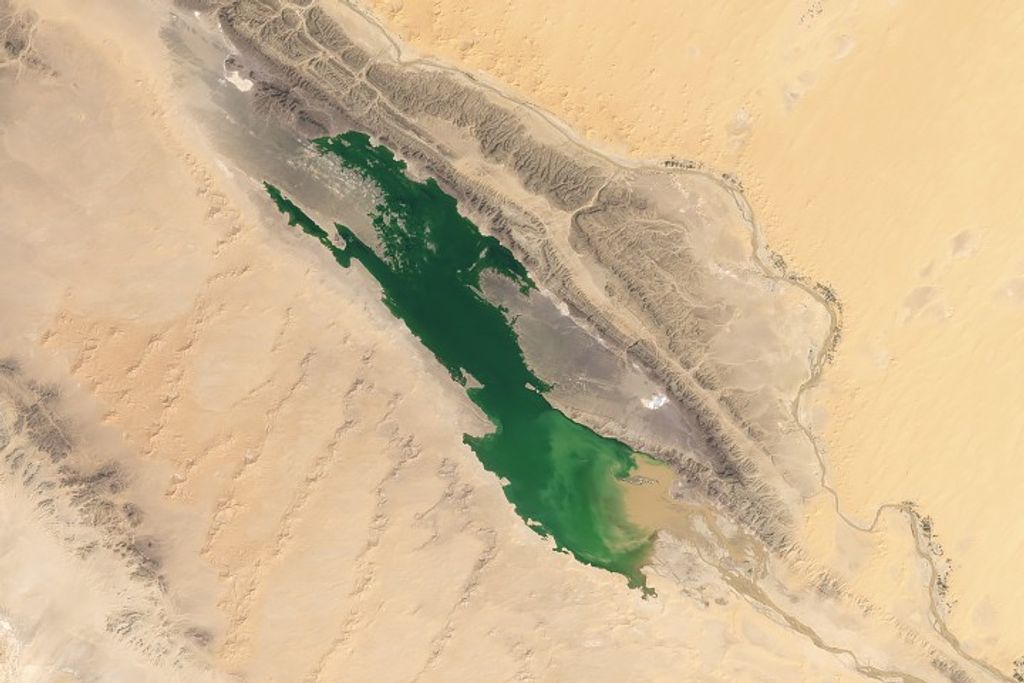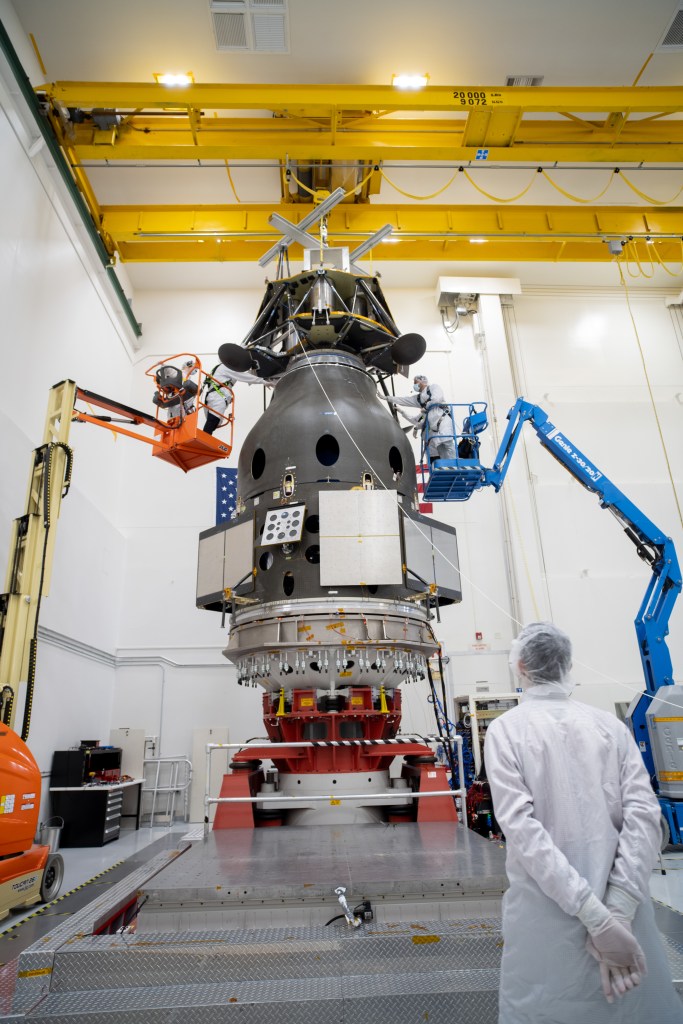Karen Bibb
Contents
Personal Essay
Aerodynamics has always fascinated me, although I didn’t know the term for it when I was younger. Throughout my life I’ve pursued this passion for aerodynamics. My passion and the support I received from teachers and mentors brought me to where I am today.
As a young girl, I spent much of my free time sailing with my family in Florida, near Cape Canaveral.Rocket launches and the space program were part of the scenery.
One summer at sailing camp, I was shown force and moment diagrams that explained how the wind actually made a sailboat move forward.I didn’t realize it at the time, but I was hooked on engineering and aerodynamics. I remember coming home from sailing camp and sharing my experience with my father who is a mechanical engineer. I could see the excitement in his eyes as I described the engineering concepts involved.
There were so many people who guided me along the way. My high school research teacher gave me a solid foundation in how to do research, and I rely on those early lessons every day in my work.My physics teacher, Betty Preece, had a classroom where hands-on experiments were a regular occurrence; helping to make the connection with me that math was simply the language to describe physics.I didn’t know until years later that she was a founding member of the Society of Women Engineers, which I think is really neat.
I was involved in science fairs during high school. I worked on projects involving sail aerodynamics, testing various cambers of a thin airfoil shape in a small wind tunnel, and building several sails and testing them on the water. I earned two trips to the International Science and Engineering Fair by winning local science fairs. I was also selected to attend a summer science program at the University of Florida.
There were countless members of the community that today we would formally call mentors. These included a professor at Florida Institute of Technology who gave me access to their wind tunnel, machine shop folks who helped build the test rig and articles, a local sailmaker who built the sails to my design, and engineers who explained how to think about sailboat design and showed me how a CAD system worked. This was high tech back in the early 80s.
I chose to attend Georgia Tech to major in Aerospace Engineering, as it seemed the obvious choice.When I was starting my junior year in college, a fall paralyzed me from the waist down.I was fortunate to be near one of the best spinal cord injury rehab hospitals in the country.After physically healing and learning how to take care of myself again, I was back at school.I discovered that my life as a student had changed dramatically.There were classrooms I simply couldn’t get to.There were steps all over campus.But my friends were the same.What I wanted to do at school was the same.My enjoyment of engineering hadn’t changed.
My friends and family and professors were so supportive.I stayed at Tech for a few more years, graduating on time, and going on for a Master’s degree.I spent some of my time on campus working with the administration and other students to improve wheelchair accessibility at Tech.After all, I’m a Ramblin’ Wreck from Georgia Tech, and a hell of an engineer! My philosophy is if something isn’t designed well, it should just be fixed.
I was offered a job at NASA Langley in 1992, beginning my career in the Aerothermal Loads Branch.The work in this branch focused on determining how the aerodynamic and aeroheating of atmospheric flight impacts a vehicle’s thermal protection and structure during hypersonic flight. My contributions were in support of computing the aerodynamic heating with Computational Fluid Dynamics (CFD) methods.After an organizational restructuring at the center, I moved to the Aerothermodynamics Branch where I continued working on developing CFD methods for hypersonic applications and using those methods to help develop next-generation launch vehicles.
My research contributed to characterizing the hypersonic aerodynamics for many vehicles planned for replacing the aging space shuttle system, such as X-33 (Venture Star), X-34, and X-37.When the Columbia accident occurred in 2003, our branch realized the unique position we were in to help uncover the cause of the tragedy because of our expertise and past history of analyzing the aerodynamic and aerothermodynamic environment of the shuttle.As various theories emerged, we were able to exercise our computational and wind tunnel capabilities to test these theories and provide feedback for the investigation.I was able to use computational tools to provide some of the earliest analytic evidence that a breach in the shuttle wing leading edge could explain the data anomalies that were available in the initial phase of the investigation.
Since that significant contribution, my main focus has been on the Orion MPCV project.This December, NASA is scheduled to launch a test flight of the Orion MPCV vehicle, designated EFT-1.The Orion vehicle will launch from Kennedy Space Center, circle the earth twice, and land in the Pacific Ocean.The data systems on board will collect the data needed for the aerodynamic team to compare our predictions to the flight test.I’m on pins and needles waiting to see the flight data. But best part of the flight test will be watching the launch with my 10-year-old daughter, and planting the seeds of exploration in her.
NASA is a great place to work.The engineers and scientists have that spirit of learning and teaching and fascination with how the world works that I had found growing up.I have gotten to work on big and small projects, and have always been encouraged to follow my passions.NASA’s flexibility with teleworking has also been a huge benefit.Balancing work with family is always a challenge, and there are aspects of my daily life that just take more time than for others because of my disability.This balance works for our family in large part because of the support of my husband.
Someone asked me once if I would choose this path again, and the answer is a resounding yes.The work is fascinating and rewarding and the people are amazing.I hope that I can give back to our next generation in the way that I was encouraged when I was growing up.
Biography

Karen Bibb is an aerospace engineer with 22 years of experience working at NASA Langley Research Center. Karen began her career at NASA in 1992, after graduating from Georgia Tech with a Master’s degree in aerospace engineering. Karen currently works in the Aerothermodynamics Branch of the Research Directorate as the Crew Module Phase-of-Flight Lead for the Orion aerodynamic database within the Multi-Purpose Crew Vehicle Aerosciences team, developing the mathematical model of how the Orion crew module will fly through the atmosphere.The aerodynamic database provides a model of the aerodynamic forces and moments (lift, drag, and pitching moment) acting on the vehicle given trajectory conditions such as the vehicle velocity, orientation, and altitude. The database is used by the designers of other vehicle systems to develop items such as the flight control system and guidance algorithms that allow the vehicle to safely fly through the earth’s atmosphere and land under parachutes in the Pacific Ocean. Karen has presented papers at industry conferences and has received various accolades for team projects and personal achievements over the years including the NASA Silver Snoopy. Outside of NASA, Karen has a busy life with her husband, son, and daughter.Both kids are very active in scouts, sports, and school.She enjoys keeping up with the kids in their activities and kayaking with the family on the Rappahannock River.
























